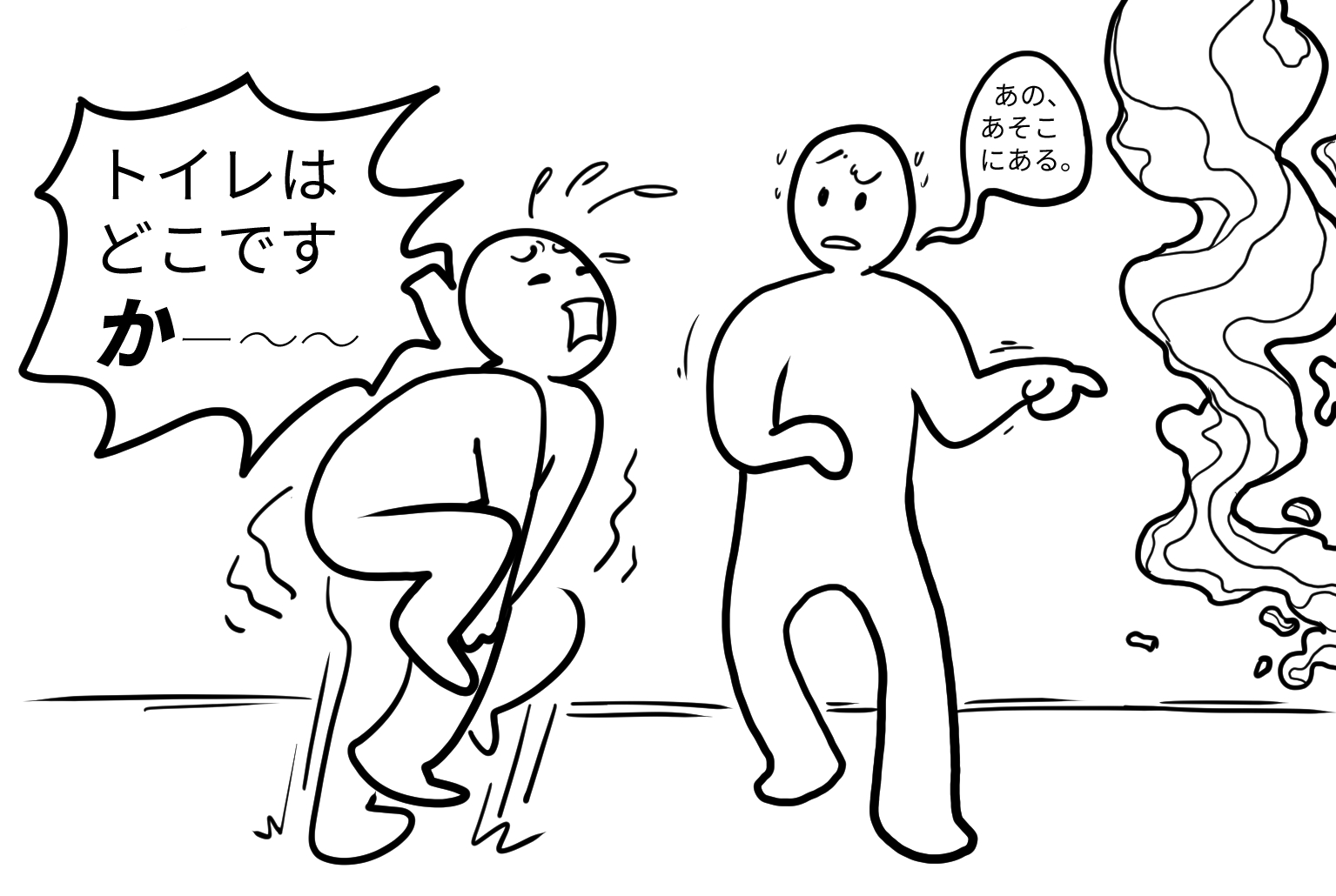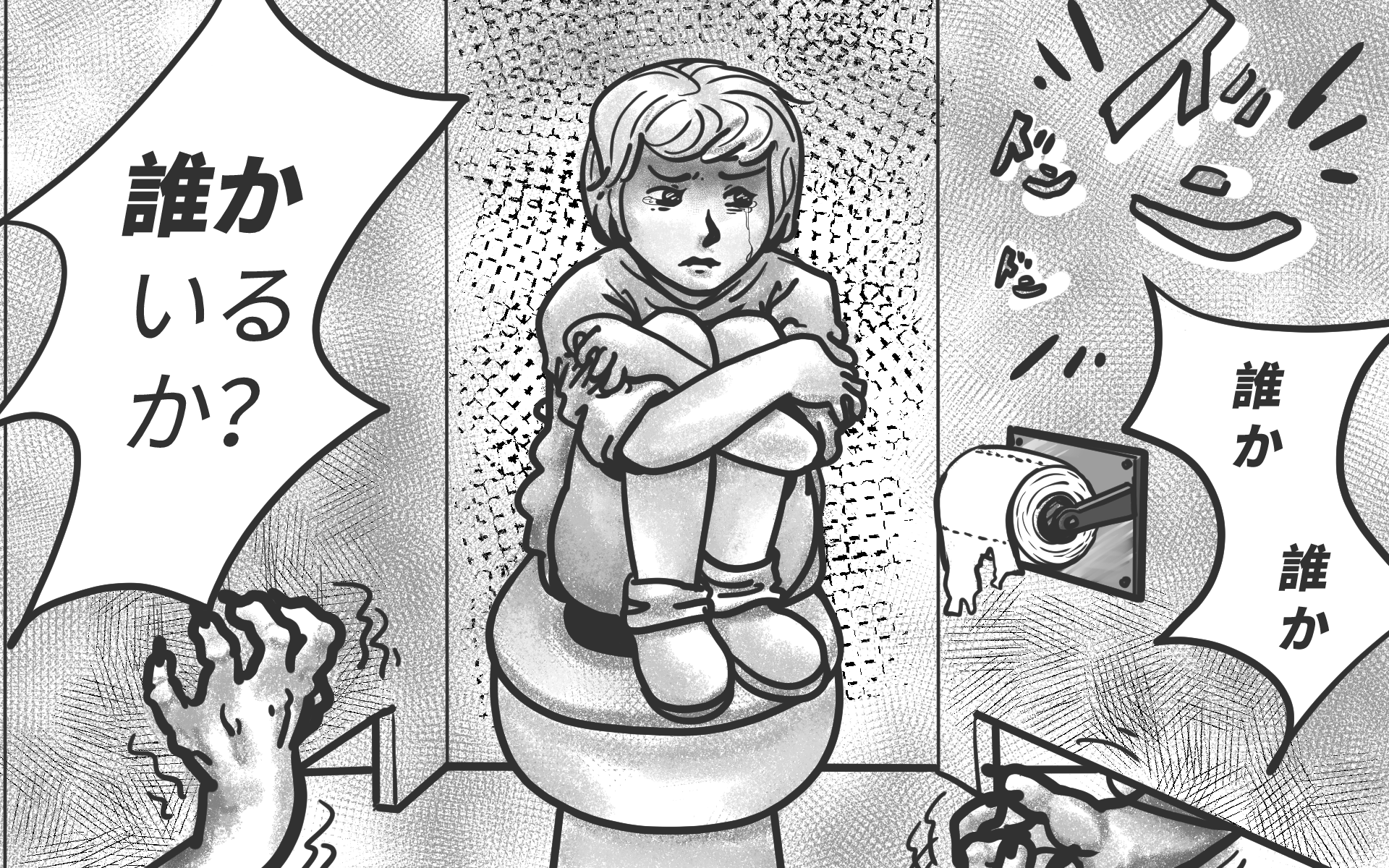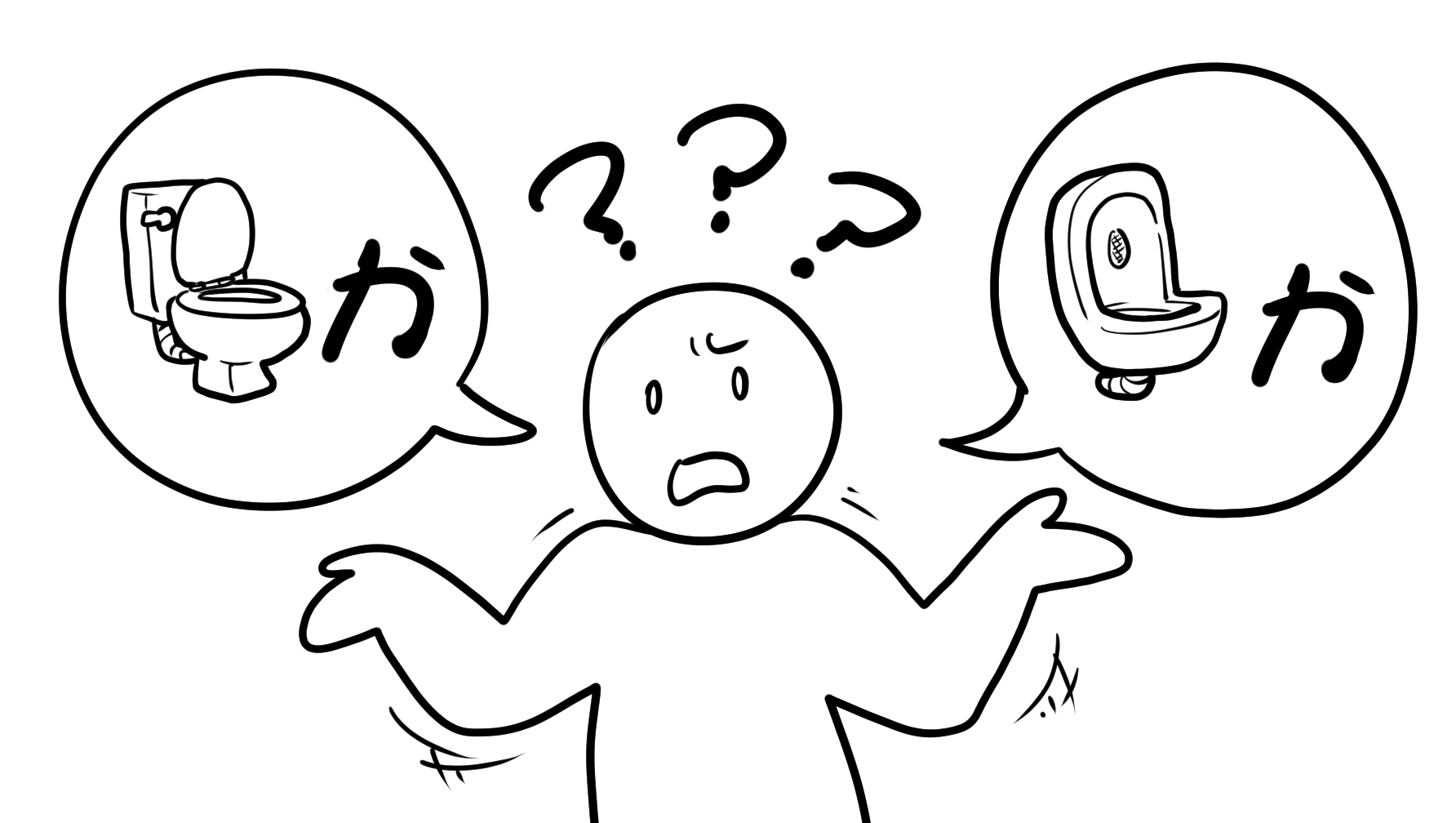The か particle: so many questions This particle defines uncertainty in a Japanese sentence.
This insight was originally published on April 05, 2022, and transferred here later.
Have you ever thought to yourself, "Gosh… I sure wish I knew how to ask a question in Japanese"? If so, then you’ve come to the right place today! How fortuitous~
Allow me to introduce to you a very important Japanese particle:
か (pronounced "ka")
The か particle has a few interesting tricks up its sleeve, but its core purpose is to note uncertainty in your sentence. Whenever か is used as a particle, it brings something into question. That question could simply be a literal question; it could be a choice or something that has yet to be determined; it could be wondering things without an expectation for answers. Let’s go into some specific examples of how か works~
か as the question mark of Japanese

Have a basic question that needs a good, clear answer? か has your back~ Asking things like yes-or-no questions; or questions that require words like who (だれ), what (なに), and where (どこ) are great places to use the か particle. All you have to do is add it to the end of the sentence like so:
トイレがありますか。どこですか。
(Is there a toilet? Where is it?)
トイレにはどうやって行きますか。
(How do i get to the toilet?)
トイレに行きませんか。
(Shall we go to the toilet?)
ちょっと待って、これはトイレですか。
(Wait a sec, is this a toilet?)
As a note, when か is used to mark a direct question, you can omit it in very casual speech by replacing it with upspeak (heightening the pitch of your voice at the end of the sentence). You can alternatively use a question mark in casual written text as well.
か as something— anything

You can also use か to talk about vague and generic grouping of ideas and things such as "something", "somewhere", "some time", etc. To do this, you can use any of the Japanese question words like who (だれ), what (なに), where (どこ), when (いつ), why (なぜ); and then add か right after it. Placing this particle right after a question word puts the concept of it into a state of vagueness. It allows you to talk about an undetermined "something", or "anything", instead of a specific thing. Here are some examples of it in action:
トイレには何かいます。
(Something is in the toilet.)
だれかトイレを使っていましたか。
(Did anyone use the toilet?)
そのトイレはこの家のどこかにあります。
(That toilet is somewhere in this house.)
か as one thing or another

When you want to talk about an undetermined decision between one thing or another, か acts as an "or" marker for the things being considered. You can place it right after each of the words you are uncertain of in the sentence. Observe:
今日、トイレか小便器かに行きたいんです
(I’d like to go to a toilet or a urinal today.)
トイレに行くかシャワーをあびるか、まだ知っていません。
(I don’t know if I should go to the toilet or take a shower.)
このトイレが好きかどうかわかりません。
(I don’t know whether I like this toilet or not.)
In かnclusion~
Now that you know a little bit about the か particle, what it does, and how it works, I implore you to start using it in Japanese! Go out there and ask questions— give yourself permission to wonder and speculate. A sense of uncertainty is often the first step to learning something new and great!
Now if you excuse me, I've got some business to take care of~

